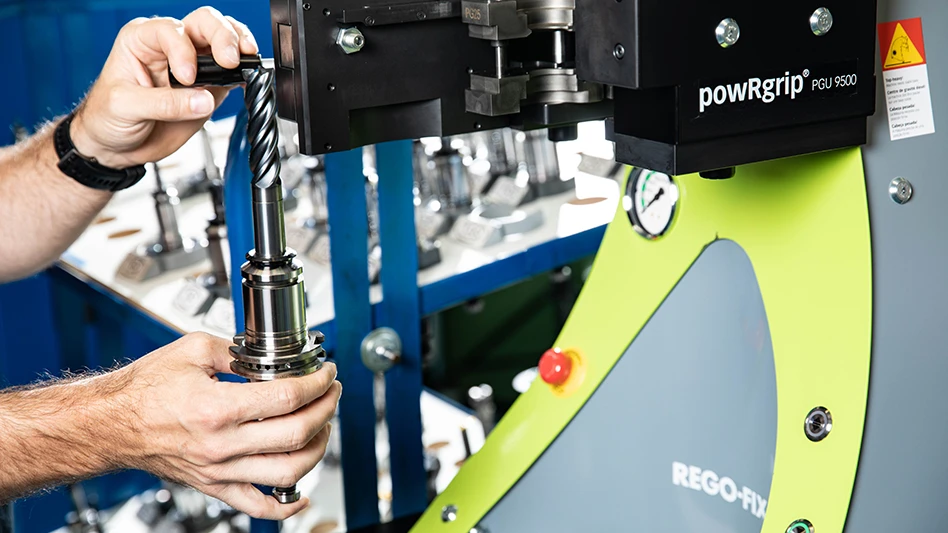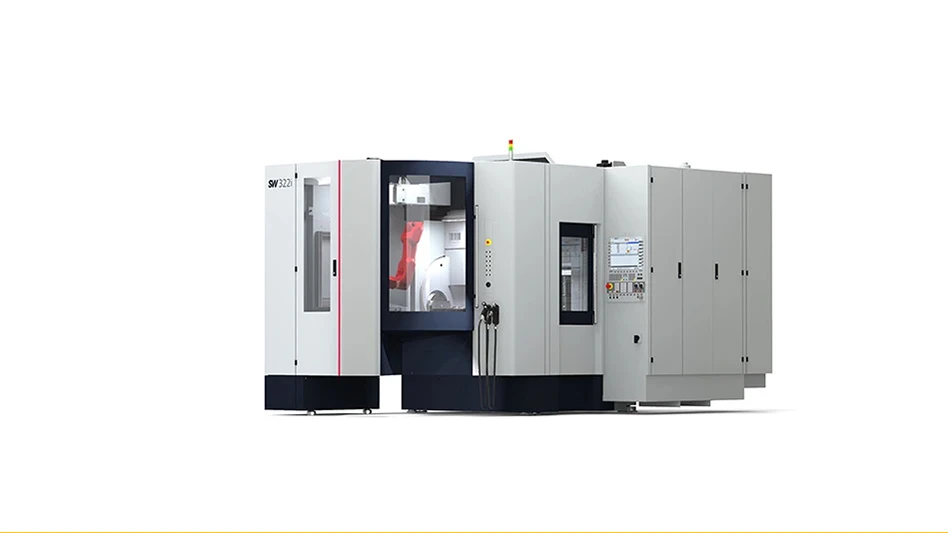
SoftWheel in-wheel suspension technology absorbs shocks and vibrations, helping wheelchair rides become a lot more comfortable. Since launching the product to the United States, the Tel Aviv, Israel-based company has enjoyed double-digit growth, and hopes to adapt its technology to bicycles and automobiles. (See sidebar, pg. 29)
Allaina Humphreys has been using SoftWheels for two years and says she has regained independence after experiencing more than two decades of pain associated with being confined to a wheelchair. Humphreys, injured in a gymnastics accident in 1993, says even riding over household threshold bumps from one flooring surface to another could cause jarring pain.
“Not being able to leave my house was hard,” says Humphreys, the mother of three girls. “It was just agony; nobody could find anything wrong. I would spend days in bed, barely moving around my house. The freedom to get out and participate in daily life again makes me grateful.”
Designing a smooth ride
Wheelchair riders often feel back and neck pain and fatigue easily, so SoftWheel engineers set out to design a more stable, secure ride with a wheel that could absorb vibrations and bumps instead of transmitting those shocks to the rider’s body.
“The suspension arms are rigid when they go over flat services,” SoftWheel Product Manager Yoav Satz says. “They activate as shock absorbers only when an obstacle is encountered. That enables the rider to go over bumps such as sidewalk curbs in a more stable and secure manner.”
Engineers designed the SoftWheel for patients such as Humphreys in mind. With 9-year-old twins and a teenager, she now feels like she is fully embracing the important years in her children’s young lives.
“I had to tell them they couldn’t hug me because it hurt so much,” Humphreys notes. “It was so hard. I was desperate. I needed some way to do more with them.”
Re-inventing the wheel
With their objective defined, SoftWheel engineers were challenged with efficiently and effectively controlling the movement of the wheels, which in turn would limit the impact on users. It took nearly two years to design, research, and prototype the new wheel, with challenges encountered throughout the process.
“We met many challenges in the development of the suspension technology, such as connecting the suspension system to the rim and designing a new hub with unique characteristics,” Satz says.
That’s where igus was able to assist.
Among the components used in the wheelchair technology are engineered plastic bushings from igus. The SoftWheels include iglide L280 bushings, keeping the unit light and eliminating maintenance requirements. Known as The Marathon Runner, the bushing provides wear resistance in harsh environments or when used with rough shafts. The bushing is often used when a high service life is required and when low coefficients of dynamic friction and wear resistance are essential.

The plain bearings are installed in the triangular component of the wheels, where they are connected to the cylinders.
“Using slide bearings based on a non-metal material has many advantages,” Satz says. “Engineers tried several types of bushings and decided to proceed with igus since it provided the best solution.”
Why It works
Some wheelchair manufacturers have tried to make smoother rides for users, but SoftWheel’s 3-arm suspension technology takes the focus away from the chair and onto the wheel.
“The in-wheel suspension activates only when needed. The technology enables the wheel to act as a rigid wheel over flat surfaces, conserving a rider’s energy and maintaining forward momentum (and reducing bounce on flat surfaces). It activates and acts as a shock absorber when the wheelchair encounters an obstacle or rough terrain, reducing shocks and vibrations,” Satz explains, noting that springs or suspension used in some wheelchair frames do not achieve the same riding stability for users as the SoftWheels.
“Our technology works no matter the angle of impact from the obstacle, and the suspension shocks reset immediately so the wheel returns to rigid, leading to a smoother, more stable ride,” he adds.
The wheels come with 24" or 25" aluminum and magnesium rims, have a load limit of 300 lb, and weigh about 4 lb.

Immediate relief and a new life
Humphreys immediately sensed that the SoftWheels provided the comfort she had been seeking. She started a GoFundMe account to purchase the SoftWheels in advance of an upcoming vacation with her family. The previous year she felt distraught because she could not participate in events with her family at City Museum in St. Louis, Missouri. With the SoftWheels, she was able to participate in family activities at the museum.
“As soon as we got the SoftWheels I started going over different types of flooring and threshold bumps that had been causing me a lot of pain, and I was able to roll over them and didn’t notice anything,” Humphreys says. “Outside the front door, there was a drop that was 1-1/2". I could roll right over it. I could go down the sidewalk without worrying about cracks. It was an immediate difference.”
The technology developed by SoftWheel will continue to transform lives, much like it has for Humphreys and her young family.
“My life is different,” Humphreys says. “I have the freedom to go out and about and try new things. Before I was afraid, because I didn’t know if I was going to feel pain. It just allows me to be able to be who I want to be.”
igus Inc.
www.igus.com
IMTS 2018 Booth #134521
SoftWheel
www.softwheel.technology

Explore the August 2018 Issue
Check out more from this issue and find your next story to read.
Latest from Today's Medical Developments
- Tariffs threaten small business growth, increase costs across industries
- Feed your brain on your lunch break at our upcoming Lunch + Learn!
- Robotics action plan for Europe
- Maximize your First Article Inspection efficiency and accuracy
- UPM Additive rebrands to UPM Advanced
- Master Bond’s LED415DC90Med dual-curable adhesive
- Minalex celebrates 60 years of excellence in miniature aluminum extrusions
- Tormach’s Chip Conveyor Kit for the 1500MX CNC Mill





